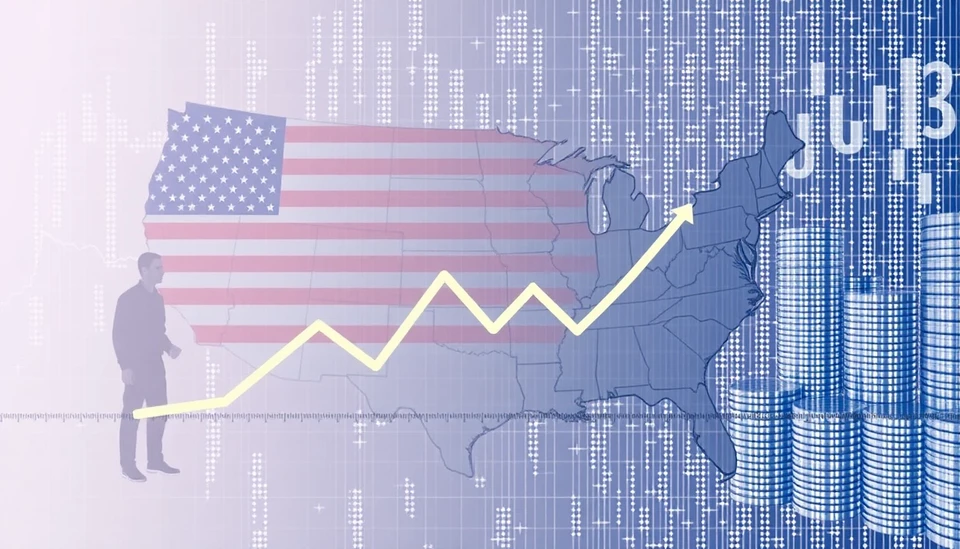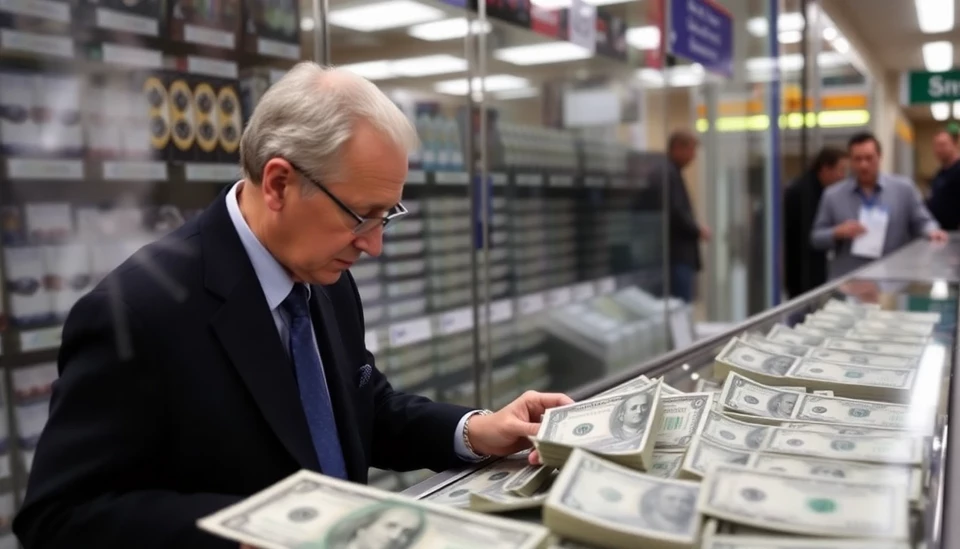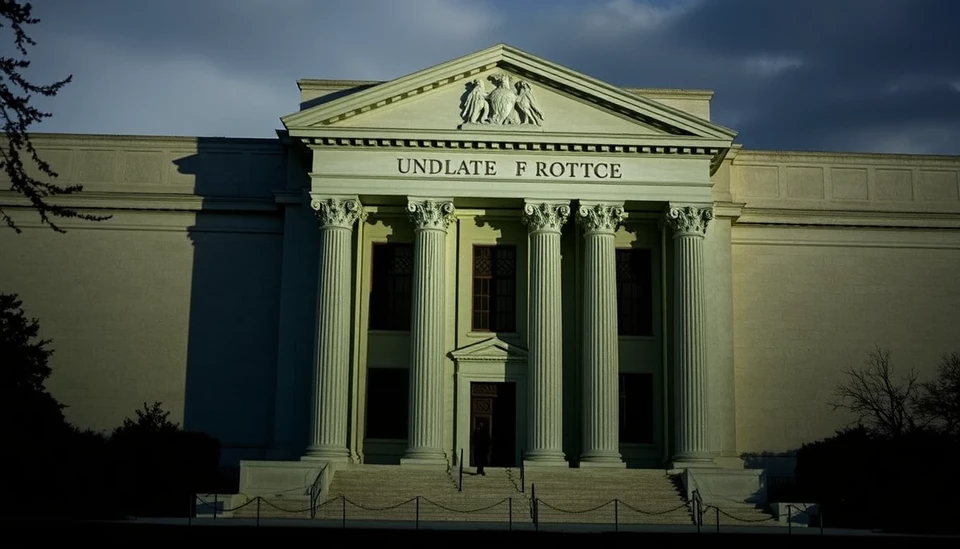
Recent trends indicate that persistent inflation in the United States, along with the ongoing imposition of tariffs, are forcing the Federal Reserve to take a cautious stance in its monetary policy decisions. The rising cost of goods and services continues to challenge policymakers, who are caught between stabilizing inflation and fostering economic growth.
Data released this month revealed that the inflation rate remains significantly above the Fed's target of around 2%. With consumers experiencing higher prices for essential items such as food and energy, everyday expenses are becoming increasingly burdensome. Despite previous expectations of easing inflation, the persistence of elevated prices suggests that inflationary pressures are far from under control.
The Fed's indecision has been largely shaped by multiple external factors. Among them is the continued enforcement of tariffs stemming from previous trade tensions. These tariffs, which apply to a range of imports from various countries, serve not only to influence prices but also create uncertainty within the economy itself. Businesses grapple with fluctuating costs and supply chain disruptions, making it difficult to plan for the future.
Economists and market watchers are closely monitoring the situation, as the Fed navigates its path forward. Some analysts express concern that, should inflation continue to outpace expectations, the central bank may be compelled to reconsider its strategy, perhaps even resorting to aggressive interest rate hikes or other monetary tightening measures. These actions could have far-reaching implications for the broader economy, potentially stifling growth as borrowing costs would rise.
Moreover, there is significant debate regarding the efficacy of the tariffs themselves. While initially intended to protect domestic industries and stimulate local jobs, their lingering presence in the market may ultimately backfire. As imported goods become pricier due to these tariffs, consumers are left to bear the brunt of rising costs, which perpetuates the cycle of inflation.
In light of these complexities, the Federal Reserve faces a challenging balancing act. The necessity of achieving price stability while sustaining economic growth looms large in the minds of decision-makers. As a result, any forthcoming policy changes, if they occur at all, may be slow and measured, reflecting a cautious approach in these turbulent economic times.
Overall, the interplay of sticky inflation and tariffs continues to shape the economic landscape, leaving the Federal Reserve with limited options. As the situation unfolds, analysts will keep a keen eye on both inflation figures and trade policies, anticipating their effects on future monetary policy and ultimately, the global economy.
#USInflation #FederalReserve #Economy #InterestRates #Tariffs #EconomicPolicy #PriceStability
Author: Laura Mitchell




